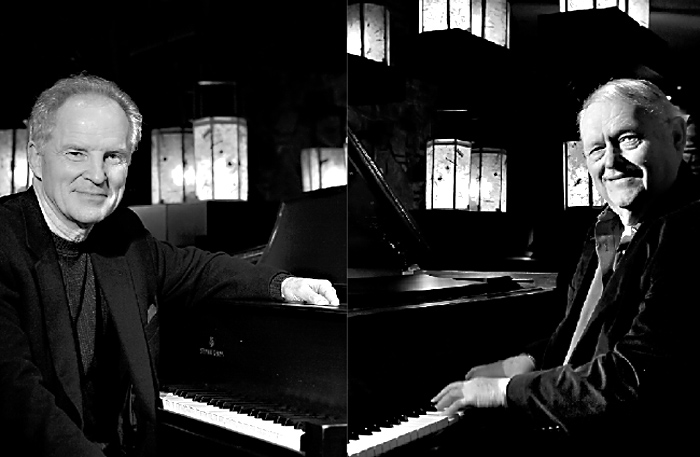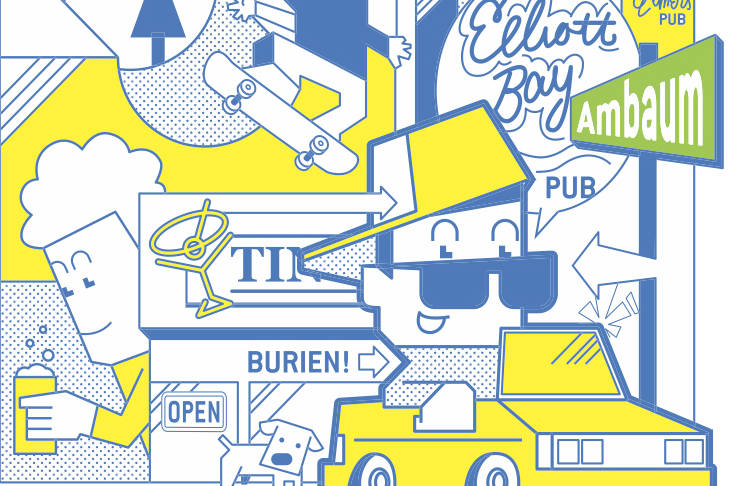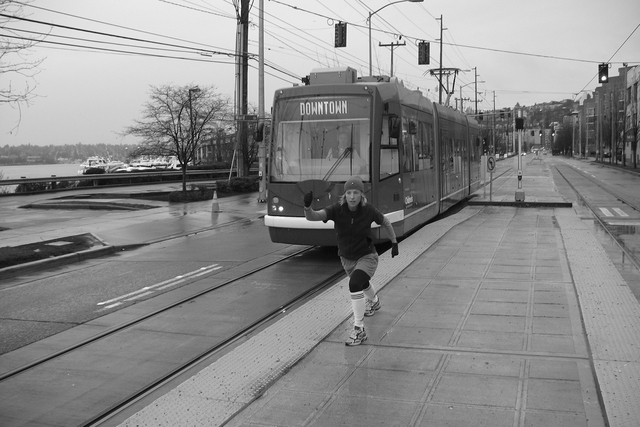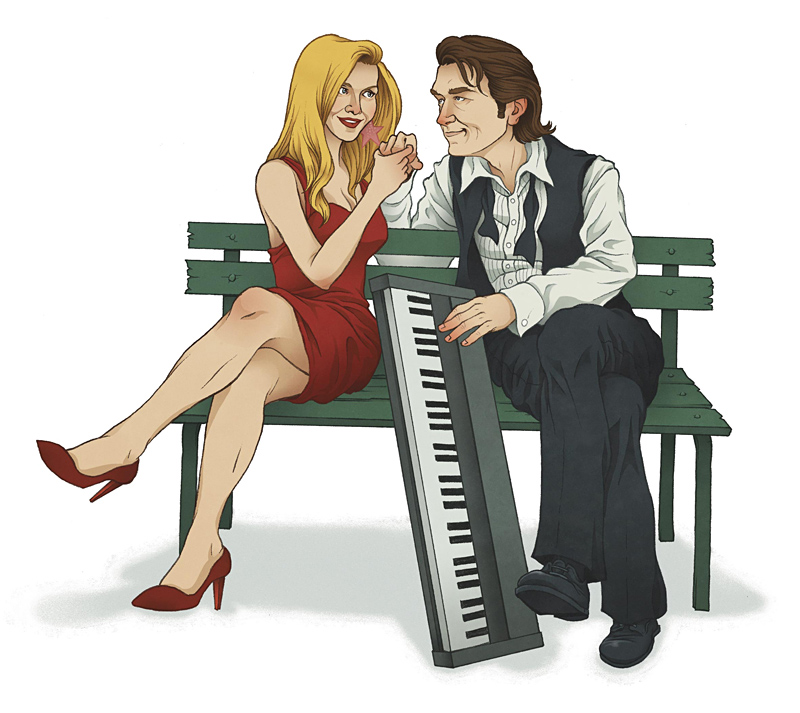Walt Wagner and Jerry Zimmerman are not young men. One used to play piano with Bob Hope, George Burns, and Sammy Davis Jr., while the other opened for Jesus at the Last Supper. The restaurant, Canlis, where Wagner and Zimmerman share key-tickling duties is no spring chicken either. A cliff’s-edge pillar of Rat Pack sensibility—”Gentlemen are more comfortable in sport coats” is the not-so-subtle hint guys get when making a phone reservation—Canlis is the sort of place where you expect to order a generous tumbler of Scotch and an expensive piece of meat, with the sounds of Gershwin, Porter, and Sinatra emanating from the Steinway grand in the lounge.
Canlis’ roots date back to the Ottoman Empire in Greece, where family patriarch Nicholas Canlis was born in 1881. After a stint working as a chef and interpreter for Teddy Roosevelt during an African safari, Canlis ended up in Stockton, California, where he opened a restaurant. It was there that his eldest son Peter would learn the family business, which ultimately resulted in the inception of Seattle’s Roland Terry–designed Canlis in 1950. The restaurant, which sits at the southeastern end of the Aurora Bridge, its angled windows jutting toward Lake Union like Muhammad Ali daring a lesser opponent to throw a roundhouse right, has been everybody’s classy grandfather’s favorite fine-dining spot ever since.
But while Canlis’ skin has remained largely the same, the guts of the establishment have undergone many subtle transformations over the years, and its initial decision to put kimono-clad waitresses on the floor instead of men in tuxes was considered downright revolutionary at the time.
“This place has always tried to honor the tradition of Canlis, but has always been edgy,” says pianist Wagner, who’s rotated with Zimmerman on Canlis’ ivories for the past dozen years.
Until 1997, Canlis’ lounge featured a piano bar in the purest sense (translation: people used to set drinks on the piano). While this setup played to Zimmerman’s peerless people skills, Wagner wasn’t crazy about it, and “the piano didn’t like it either,” says third-generation manager (aka “Canlis 3.0”) Mark Canlis, referring to the nettlesome nightly reality of spilled drinks. That piano, since replaced by the current Steinway, has been retired to Mark’s personal residence.
Zimmerman has played at Canlis on and off for 36 years, and his last night in regular rotation will be New Year’s Eve. But he’s not cutting ties with the restaurant, as he will continue to play private parties on the upper level and occasionally fill in for Wagner. A Seattle native who teaches private lessons and is a church musician, Zimmerman is careful to emphasize that he’s not retiring—in fact, he’s looking forward to exploring more opportunities outside Canlis’ hallowed walls.
Zimmerman and Wagner have disparate styles. Wagner rarely gets requests, while Zimmerman fields a steady stream. Wagner totes a high-tech Music Pad Pro to the bench every night to quickly call up songs he’s just learned; Zimmerman brings his brain and a stack of songbooks. Wagner boasts a flashy resume and has received national press plaudits, while Zimmerman is a household name only in Seattle. Wagner’s demeanor is reserved and his professionalism unimpeachable—a special player for a special evening. No slouch himself, Zimmerman brings more warmth and levity to the lounge, and is exceptionally popular among longtime regulars and staff. After chatting with him, one’s lone impulse is to hug the man.
Still, says Mark Canlis, “These guys are really risky for me. It’s not ‘Can you play a song?’ It’s ‘Can you be part of the evening?’ That’s what [Zimmerman and Wagner] have taught me. They’re listening to the guests, the energy in the room.”
As Wagner takes the bench at approximately 6:15 on a blustery Friday night, he senses a tense mood in the lounge. “It’s amazing how delicate people are at the start of the evening, with the stress of their day,” he remarks before beginning his set with a jazzed-up rendition of Elton John’s “Your Song.”
Next is Dido’s “White Flag,” followed in short succession by “Clocks” from Coldplay, “The Way It Is” by Bruce Hornsby, Anna Nalick’s “Breathe,” Billy Joel’s “Always a Woman,” Ray Charles’ “Georgia on My Mind,” and the Red Hot Chili Peppers’ “Soul to Squeeze.”
If you came in expecting Chopin, well, the joke’s on you. Aside from the aforementioned artists, Zimmerman and Wagner draw from a vast, varied repertoire that includes songs from Aerosmith, Journey, Cyndi Lauper, Evanescence, U2, Bon Jovi, Death Cab for Cutie, Jewel, Keane, Phil Collins, Pat Benatar, the Beatles, the Stones, Alanis, Beyoncé, Madonna, and the two Vans, Morrison and Halen—to name but a few (and yes, they play Gershwin and Porter too).
“The piano can be Beethoven, or it can be Coldplay,” says Wagner. As for how many songs he and Zimmerman have committed to memory between them, Wagner says simply, “We know more than we know we know.”
They also know how to vary the tempo of a song so as to render it almost unrecognizable, which, if a cozy couple isn’t careful, can result in a two-hour game of Name That Tune to go with their top-shelf bubbly and Canlis Prawns.
“Done right, the tune of any song can be very beautiful,” observes Mark Canlis. “It’s beautifully interplayed into the night, and then people are like, ‘Wait a minute?'”








